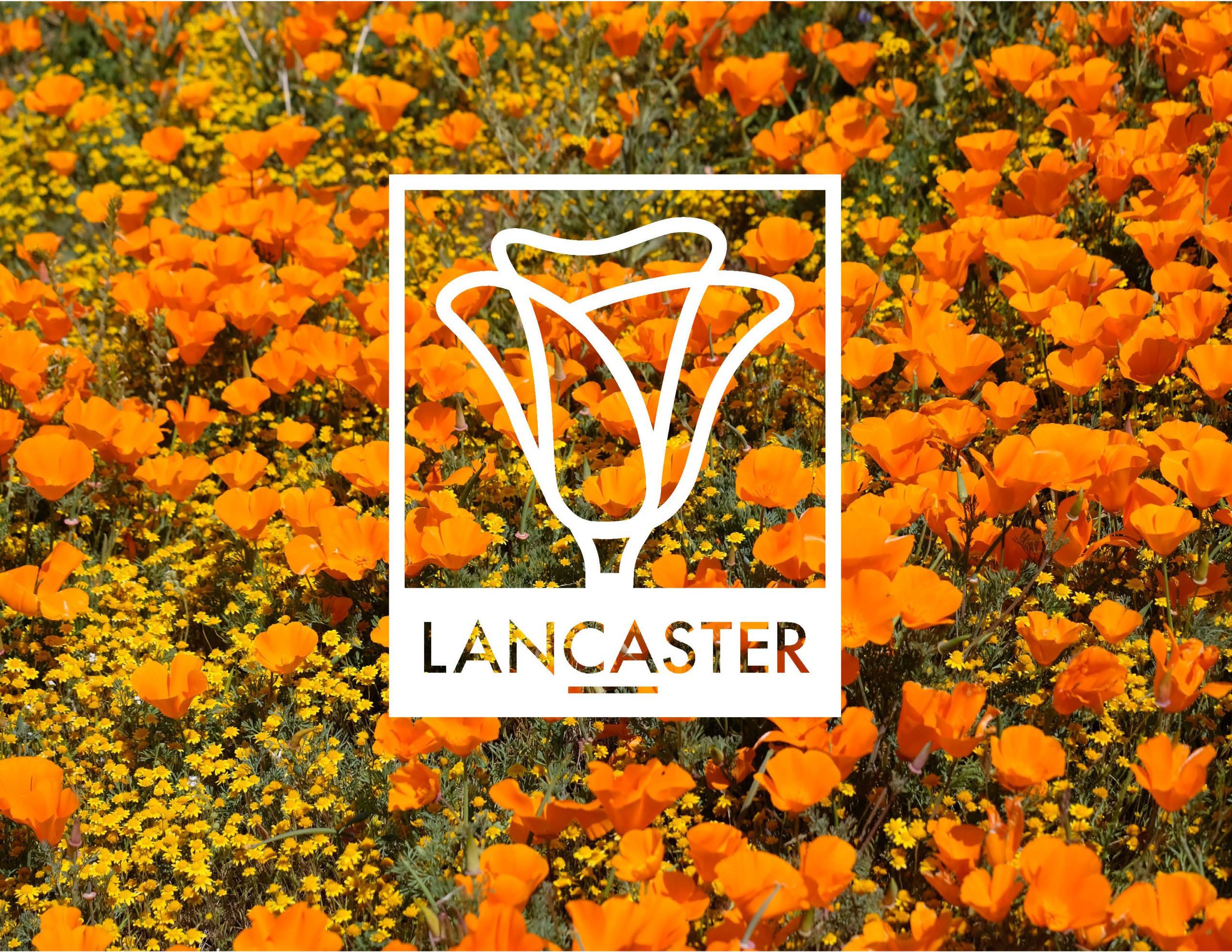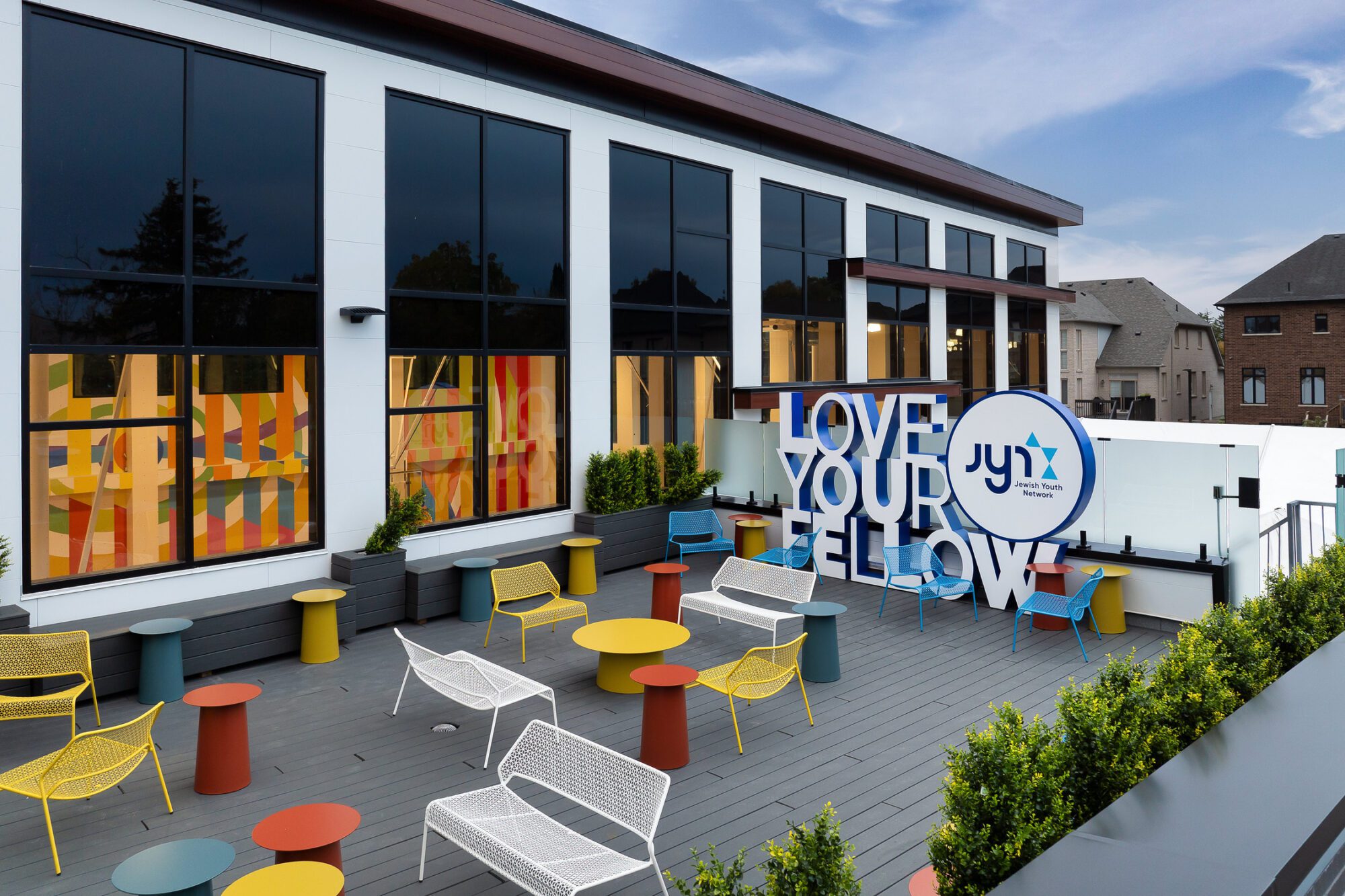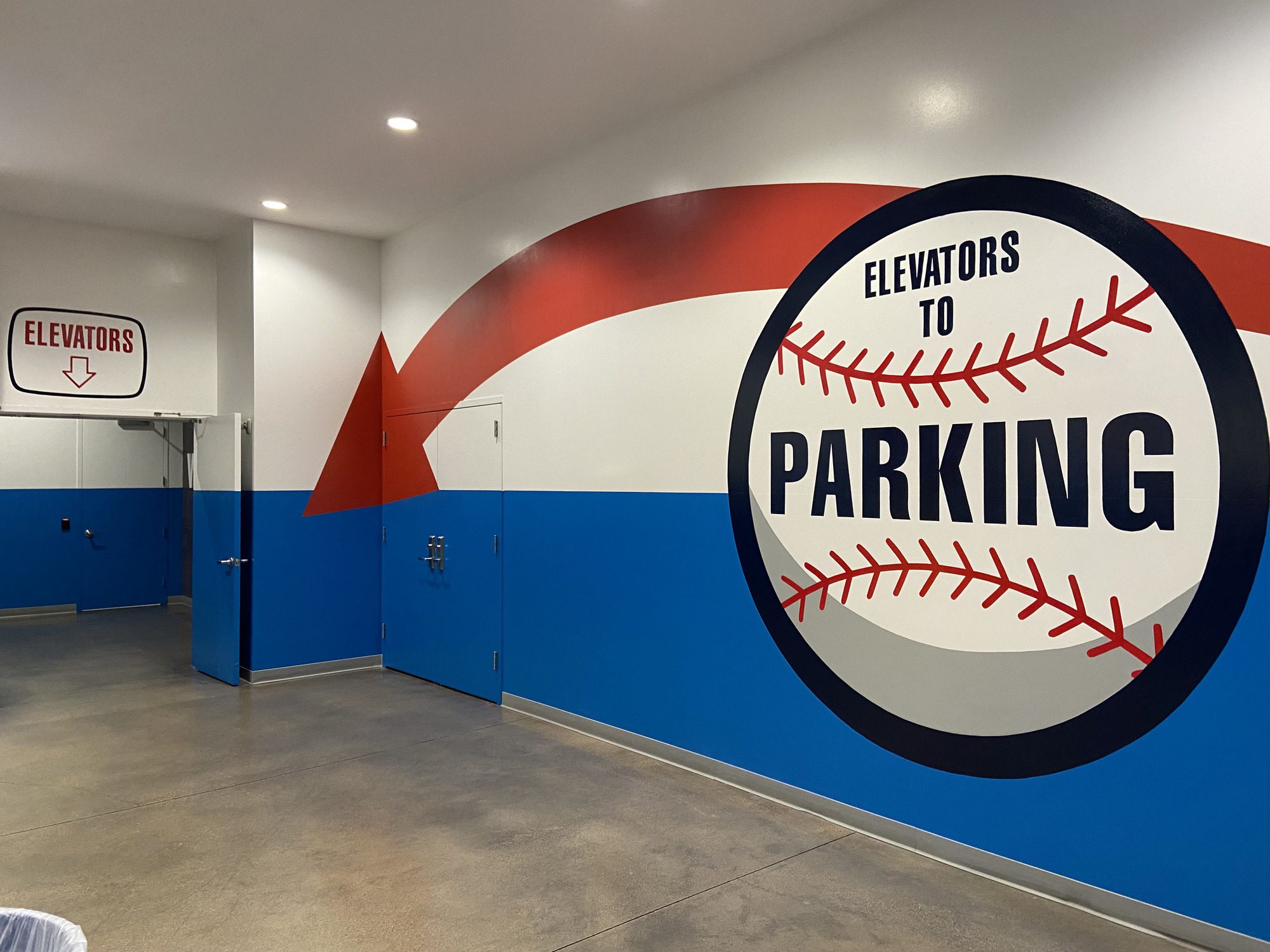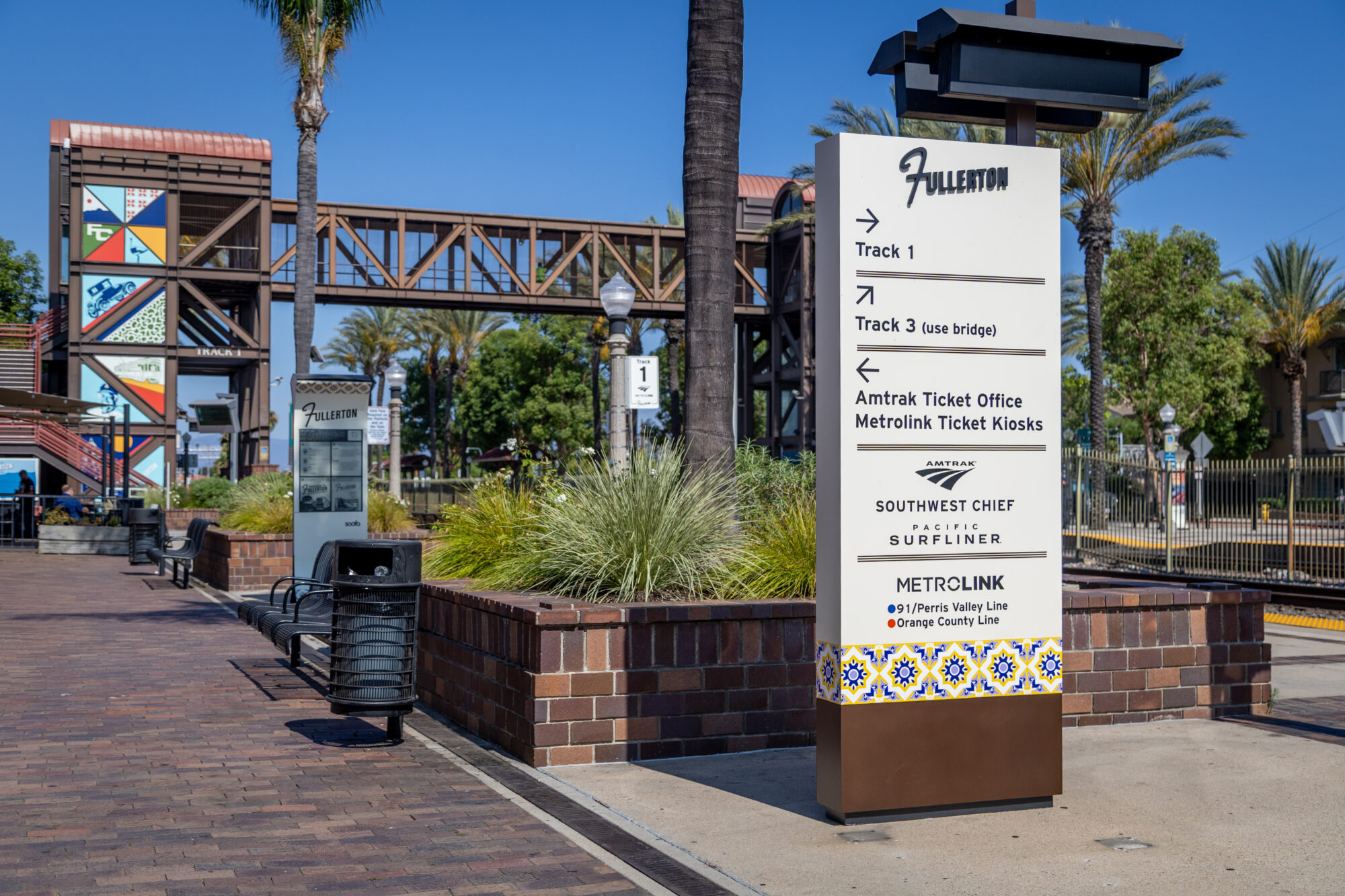Government leaders from around the country gathered in Columbus, Ohio recently to connect, learn, share, and be inspired. The 108th ICMA conference demonstrated the power that comes when like-minded people come together with the intention of learning and sharing with others.
One session, in particular, was incredibly powerful. The City of Lancaster California, along with their trusted advisor, Selbert Perkins Design, provided an in-depth view into how they are tackling one of their biggest problems, one which many other cities must contend… an inaccurate, negative perception of their city.
Here is a summary of that discussion as well as an opportunity to receive a free one-one strategy session.
The Benefits of an Inclusive Rebranding Process
The problem: The Many Stories of a Place
A city or other municipality thrives or dies based upon how it is perceived by those within and without that community.
Such was the case with the City of Lancaster, California. The team of Alexus Merino and Brianne Terrell, very openly discussed the challenges they faced as a city and community.
One of the biggest challenges they face is a rapidly changing community and a negative internal and external perception of their city which is being fueled by negative press.
Think about it… all you know of a place to which you’ve never been is what you see, read and hear about it in the media.
For the City of Lancaster, the perception was that it was dry and boring. The city is known for its homeless issue, high crime rate, and as the “place to drop dead bodies”. It was perceived to have poor schools, a lack of tourist interests as well as not being safe to walk the streets at night.
That is one story of Lancaster
Another is that Lancaster is a diverse, thriving community of 200,000 people, located approximately 1 hour north of LA. Brimming with amazing natural and cultural resources, and investing in new infrastructure, arts, culture, and clean energy, it is becoming the first net-zero energy city in the USA.
As Selbert Perkins Design would later summarize:
“Lancaster is a diverse community of people that is leading the future through science, technology, art, culture, and collaboration.
Home to astronauts, rocket scientists, families, and innovative businesses large and small, Lancaster is leading the USA with innovation. Combined with spectacular landscapes and clean air, Lancaster has the confidence, expertise, spirit, and imagination to transform tomorrow.
Which of these stories is true?
While both may be factual, if the only story people hear is the negative version spread throughout the media, that is what they will believe.
The Solution: Placemaking, Branding, Rebranding
What is placemaking/place branding?
It is a place-based identity that tells the story of a place, its people, history, and what makes it unique. It is a powerful tool to improve perceptions and increase economic development.
Branding is storytelling.
Branding is not the conjuring of some fantastical tale… spun to create some sort of an illusion. It is the meticulous process of unearthing true aspects of a place and people, and crafting it so that it becomes a more powerful shaper of perception than its negative counterpart.
“Brand is directly tied to placemaking. It’s very personal… this sense of ownership and having buy-in means we can keep the momentum growing.”
— Alexus Merino, Manager Assistant to the City Manager, City of Lancaster
The first step of any transformational project is in conducting comprehensive research to move away from subjective, personal and institutional bias, toward gaining objective data.
The importance of research and data-driven decisions
One of the key first steps in any type of branding, re-branding, place making endeavor, is in the gathering key data points. Therefore, conducting comprehensive and extensive key stakeholder surveys is a crucial first step.
When done properly, not only does it provide clean, and unvarnished data, from which data-driven inferences and decisions can be derived, it serves to unify the community and galvanize positive perceptions and the resources needed to provide the forward momentum necessary for the successful completion of the project.
“We wanted to make a statement and create a more positive perception. Being just an hour north of LA, we knew there was a huge opportunity for growth. We went through an extensive community outreach process — stakeholders were informed, aware, and interviewed… and because of that, they feel a sense of ownership that has really made the brand take hold.”
— Jennifer Seguin, Manager – Communications City of Lancaster
Along with gathering clean data and consolidating support from the stakeholders, (including the public) the surveys were instrumental in empowering team members to set aside their hard and fast beliefs, in favor of what the data was saying.
“One such instance is the story how one of the members on the city council basically said, “I hate poppies. I’ll die before we do a poppy as a logo.” And now, he’s the biggest supporter of it. Once he saw the data, he was convinced, “Oh, look at that. Forget about what I think. That’s what the city wants. That’s what we’re going to do.” And now, he’s totally supportive of the new poppy-based logo.”
— Clifford Selbert, co-founding Partner, Selbert Perkins Design
Properly conducted surveys help you move beyond personal and institutional bias towards data-driven decisions as well as an inclusive branding process. Therefore you make better decisions and garner more internal and external buy-in, thus increasing the success of the project.
“Everyone wants to be part of it, so it has started to roll-out into all aspects of our City. Our greatest naysayers are now our biggest advocates, which is amazing…We are investing a lot in our infrastructure here, so this is really good timing because now there is a shared vision and story behind why we’re doing it.”
— Alexus Merino, Manager Assistant to the City Manager City of Lancaster
The Results/Benefits
We are achieving the desired goals of the project, which began with the ambition of rethinking, reinventing, and reigniting the Lancaster brand. Reframing the negative image and story repositioning Lancaster as what it currently is — A unique and forward driven community, unified and inspired by innovation and forward thinking.
It continued with engaging and unifying all facets of the community, through an inclusive process, including enlisting the community to choose the final version of their new logo.
Once the new logo was ratified, the mission continued to tell this story throughout the city, its sub-brands and extending and communicating it throughout all aspects of the community.
The perception of the city is improving every day. Along with its reputation, the economic value is increasing rapidly. This bolsters local interest by businesses and residents, providing forward momentum in increasing growth and economic development.
Selbert Perkins Design is honored to be assisting the City of Lancaster with their endeavor of actively growing, transforming and unifying their community into the model American city.
Every Place has a Story and Every Story Has a Place.
Each success story begins with a conversation. Click the button below to begin your conversation by scheduling your complimentary strategy session with us.



